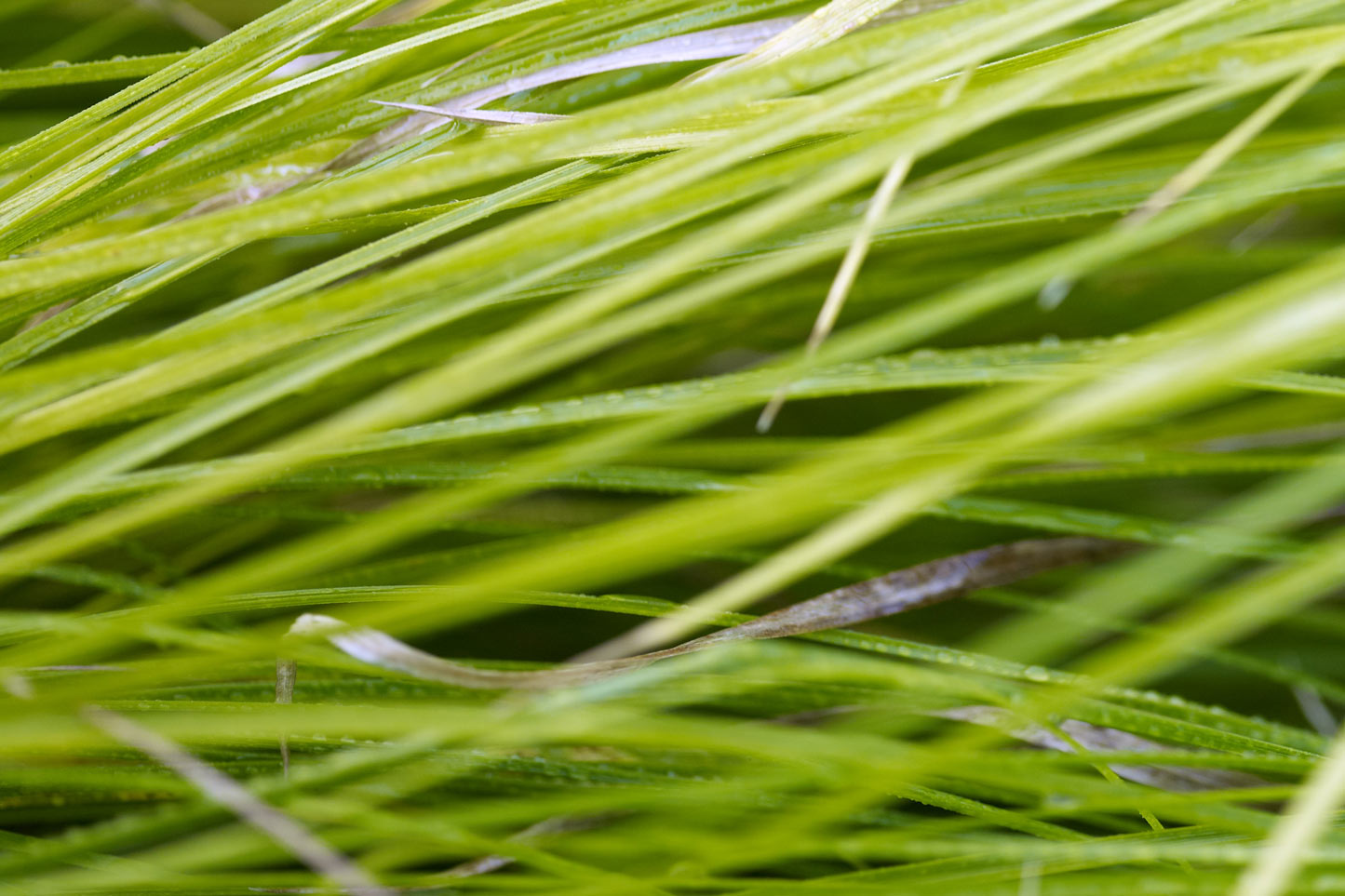The need for work, living space, energy and modern infrastructure is increasing. But in addition to globalization and digital transformation, the climate crisis and increasingly scarce natural resources are challenging cities in the 21st century. They have a decisive influence on what city life will look like in the future. Cities currently cause 75% of global CO2 emissions!
Environmentally friendly mobility, renewable energy and an efficient, socially just use of resources are now indispensable! Smart City Wien primarily improves its economic and social performance and greatly reduces its ecological footprint. As a pioneer, Vienna is also contributing to a decarbonized economy in Austria and Europe. Above all, Vienna is becoming a smart city in order to offer its residents a credible perspective: an intelligently built and livable city that offers many opportunities!
Did you know? That Vienna is the “smartest city in the world”?
According to the "Smart City Strategy Index" 2019 by Roland Berger
Some of the flagship-projects that have transformed the city and increased the quality of live of its inhabitants are:
- Aspern Seestadt
Designed as a “city within the city”, Aspern Seestadt is one of Europe's largest urban development projects, planned for the future and with excellent transport links. In Vienna's fast-growing 22nd district in the north-east of the city, a new urban centre is taking shape – a smart city with a heart, designed to accommodate the whole spectrum of life.
- Waste incineration plant Vienna & central heating system (Spittelau)
The Spittelau waste incineration plant makes a key contribution to Vienna’s waste management system. Around 50 percent of the energy produced every year from waste incineration comes from biogenic or renewable sources. The environmentally friendly heating produced at Spittelau supplies heat to more than 60,000 households in Vienna.
- Vienna main wastewater treatment plant & biogas plant (Simmering)
In 1998, Wien Kanal developed a plan for "Ecological and economical optimisation of wastewater disposal and water protection in Vienna". The energy is mainly generated on site by biogas plants.
- Vienna traffic control center (Verkehrsleitzentrale Wien)
There are over 1,200 traffic light systems in Vienna. Around 95 percent are controlled and coordinated in the traffic control center in the Roßau barracks.
In June 2022, ADVANTAGE AUSTRIA Bucharest is organizing a business delegation to the city of Vienna to enable Romanian decision makers a fist-hand and on-site view of the most important projects in Austria´s capital.


